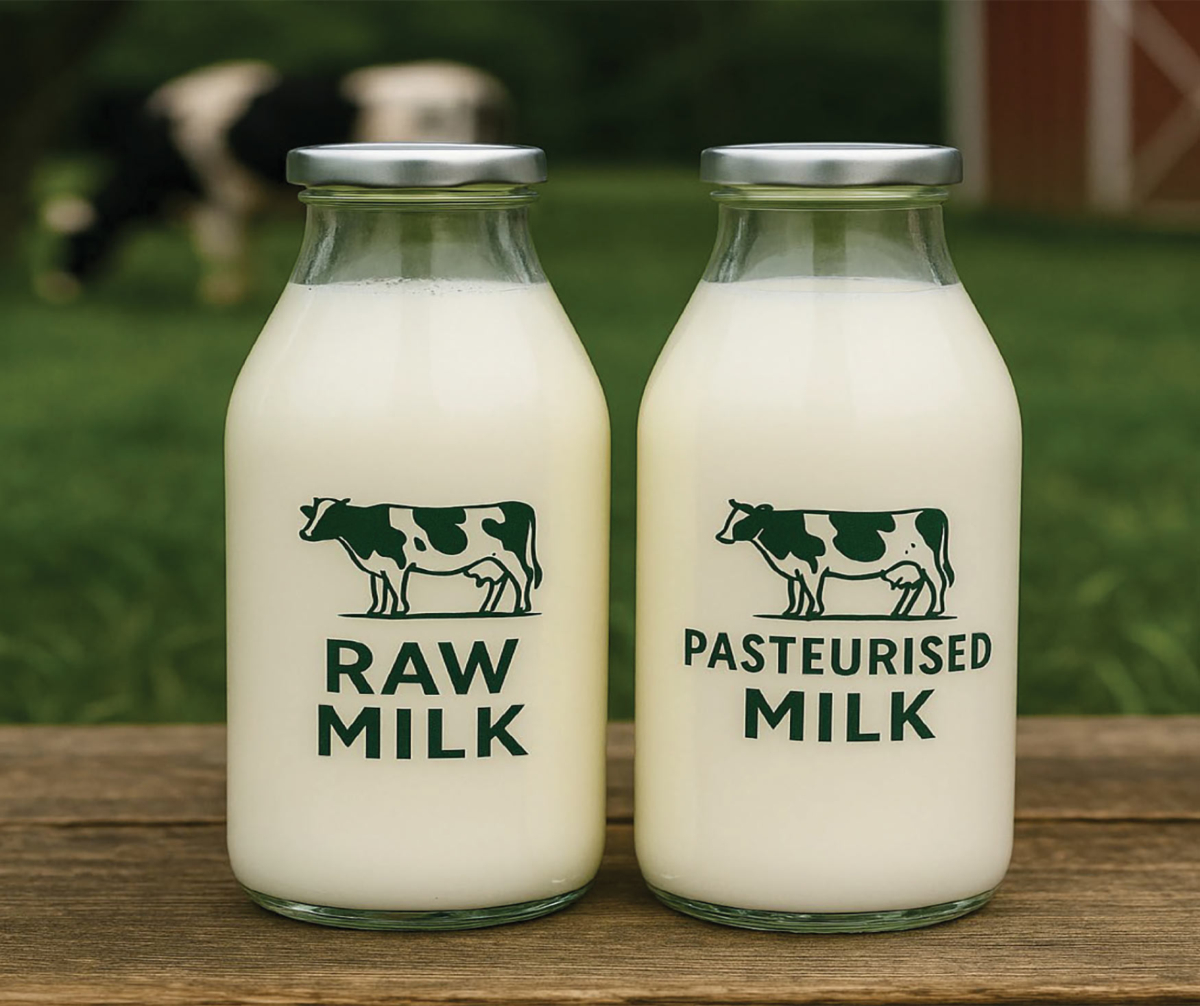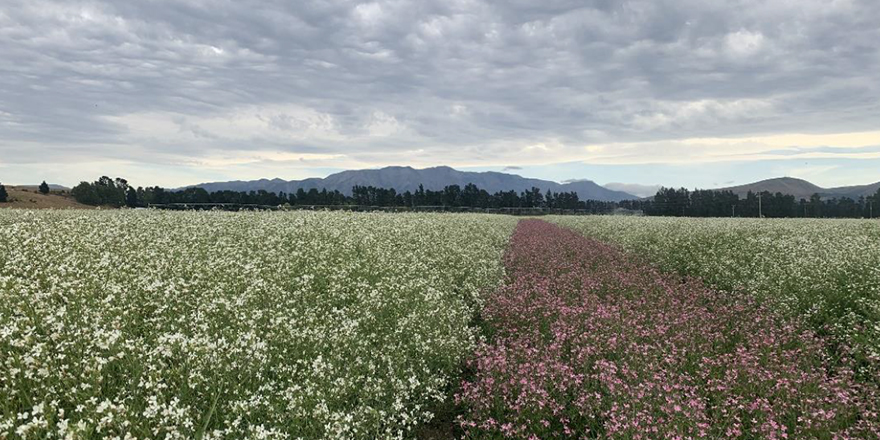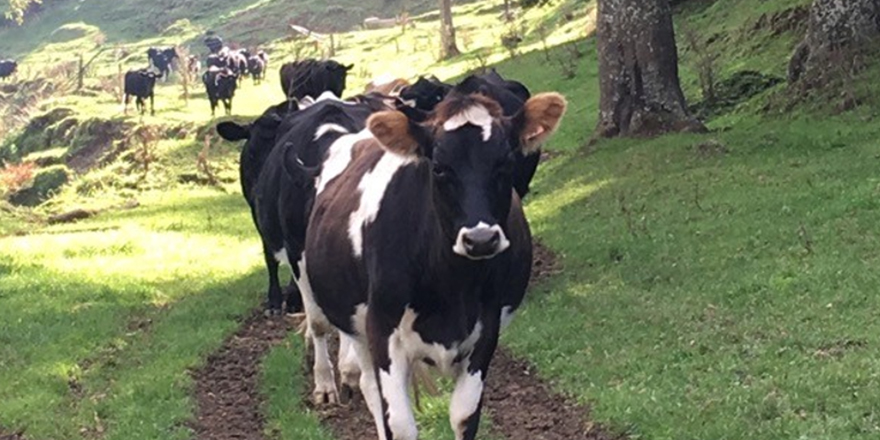
Executive summary
This report, developed as part of the Kellogg Rural Leadership Programme, investigates the feasibility and future potential for New Zealand dairy farmers to diversify into raw and pasteurized milk sales directly from the farm gate. In an era marked by volatile international dairy markets, increased regulatory pressures, environmental accountability, and shifting consumer expectations, the traditional reliance on milk payouts alone is becoming increasingly unsustainable for many farmers. As such, exploring alternative income streams is both timely and necessary.
The study employs a mixed-methods approach, including in-depth interviews with seven onfarm milk producers and industry experts, a consumer survey, and a comprehensive literature review. It aims to provide a practical, evidence-based overview of how direct-to-consumer milk sales can supplement farm income, enhance resilience, and support a values-driven food system.
Key findings reveal that while on-farm milk sales are still a niche sector in New Zealand, there is growing consumer appetite for local, traceable, minimally processed dairy products. Consumers purchasing directly from farms are motivated by a combination of taste, health perceptions, sustainability concerns, and a desire to support local agriculture. Products like raw milk and A2 pasteurized milk in reusable packaging appeal especially to healthconscious families and environmentally aware buyers. Many farmers report strong brand loyalty, repeat purchasing, and willingness among consumers to pay a premium for these products.
However, the report identifies significant barriers to entry, especially regarding compliance with New Zealand’s regulatory frameworks. The 2015 Raw Milk for Sale to Consumers Regulations and the Animal Products Act impose substantial financial and administrative burdens on small-scale producers. Farmers selling raw milk must register under a Regulated Control Scheme (RCS), undertake rigorous microbial testing, and restrict sales to direct, nonretail channels. For those processing pasteurized milk on-farm, compliance involves establishing a Risk Management Programme (RMP), meeting stringent facility design and hygiene requirements, and undergoing ongoing audits.
Operational demands are also considerable. Farmers must invest in fit-for-purpose infrastructure, including pasteurizers, bottling lines, cold storage, and delivery vehicles. They must also manage customer relationships, logistics, marketing, and compliance records— often requiring a shift in mindset from solely farming to running a multi-faceted small business. Many interviewees emphasized that these ventures are not “side hustles” but second full-time jobs requiring dedication, adaptability, and business acumen.
Through case studies, the report highlights a range of successful on-farm milk ventures, from Village Milk’s raw milk vending model to Canterbury’s Choice pasteurized milk delivery service, and Happy Cow Milk’s modular, tech-enabled processing concept. These case studies illustrate that success in this space depends on innovation, regulatory navigation, and strong consumer engagement. Farmers who succeed often possess an entrepreneurial mindset, a deep connection to their customer base, and the ability to differentiate their product through ethical branding and storytelling.
The study concludes that on-farm milk sales are financially viable and socially valuable, but only for farmers who can access capital, manage compliance, and build consumer trust. For broader adoption, structural support is needed. This includes more scalable and riskproportionate regulation, access to appropriate small-scale processing equipment, shared infrastructure models, and extension services or mentorship networks to reduce the steep learning curve.
Recommendations are grouped into three categories:
- For farmers: Start with feasibility assessments and pilot models; seek peer mentorship; invest in fit-for-purpose infrastructure; and plan for intensive customer engagement.
- For industry and policymakers: Introduce more flexible compliance models for small operators; support innovation through funding or co-design; and develop regional networks to share knowledge and infrastructure.
- For future research: Investigate modular processing solutions, test consumer willingness-to-pay at scale, and assess the long-term sustainability and environmental impacts of on-farm milk ventures.
Ultimately, on-farm milk diversification is not a universal solution—but for the right farmer, in the right place, with the right support, it offers a compelling pathway toward financial resilience, consumer connection, and sustainable food production.
Kurt Harmer




